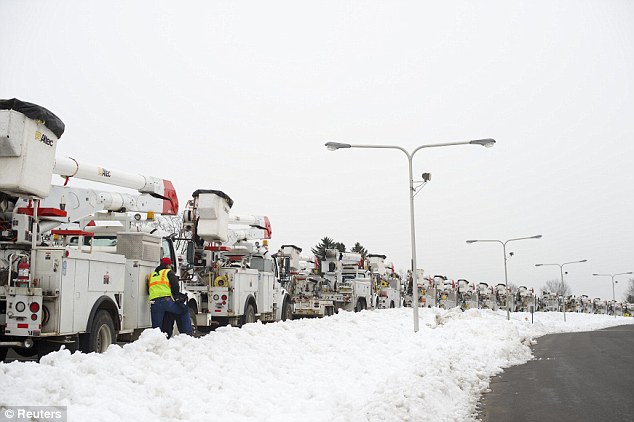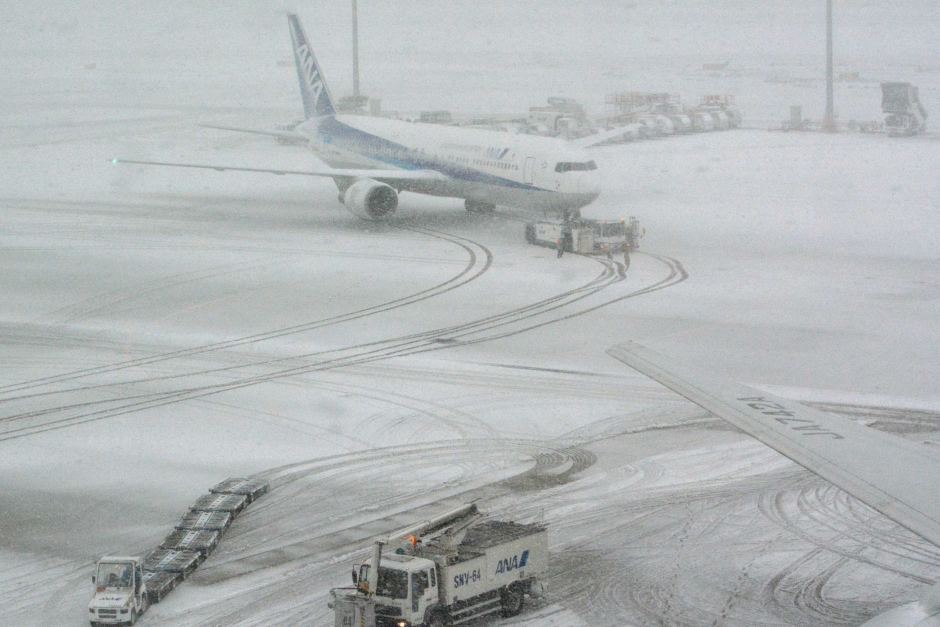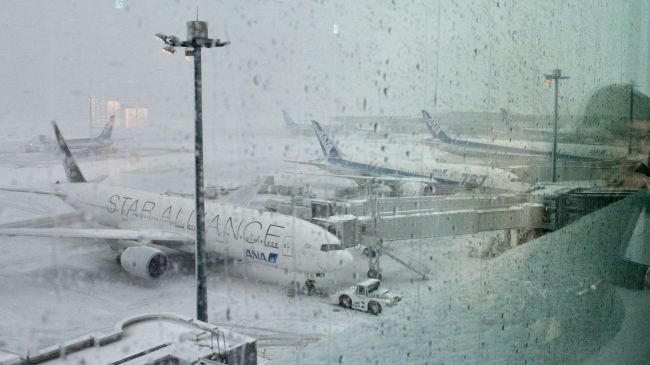Dr. Don Easterbrook - a climate scientist and glacier expert from Washington State who correctly predicted back in 2000 that the Earth was entering a cooling phase - says to expect colder temperatures for at least the next two decades.
Easterbrook's predictions were "right on the money" seven years before Al Gore and the United Nation's Intergovernmental Panel on Climate Change (IPCC) shared the 2007 Nobel Peace Prize for warning that the Earth was facing catastrophic warming caused by rising levels of carbon dioxide, which Gore
called a "planetary emergency."
"When we check their projections against what actually happened in that time interval, they're not even close. They're off by a full degree in one decade, which is huge. That's more than the entire amount of warming we've had in the past century. So their models have failed just miserably, nowhere near close. And maybe it's luck, who knows, but mine have been right on the button," Easterbrook told
CNSNews.com.
"For the next 20 years, I predict global cooling of about 3/10ths of a degree Fahrenheit, as opposed to the one-degree warming predicted by the IPCC," said Easterbrook, professor emeritus of geology at Western Washington University and author of 150 scientific journal articles and 10 books, including "
Evidence Based Climate Science," which was published in 2011. (See
EasterbrookL coming-century-predictions.pdf)
In contrast, Gore and the IPCC's computer models predicted "a big increase" in global warming by as much as one degree per decade. But the climate models used by the IPCC have proved to be
wrong, with many places in Europe and North America now experiencing
record-breaking cold.



Comment: In the end, this article isn't completely retarded: the increased wind speeds/intensity discovery is an interesting discovery.
But this vehement belief that Earth Changes MUST be 'man-made' causes them to miss the obvious and interpret their data in the most bizarre ways.
The ocean deeps are not warming because the wind is blowing the heat down there; they're warming because they're heating up FROM BELOW:
Volcanic eruptions, rising CO2, boiling oceans, and why man-made global warming is not even wrong